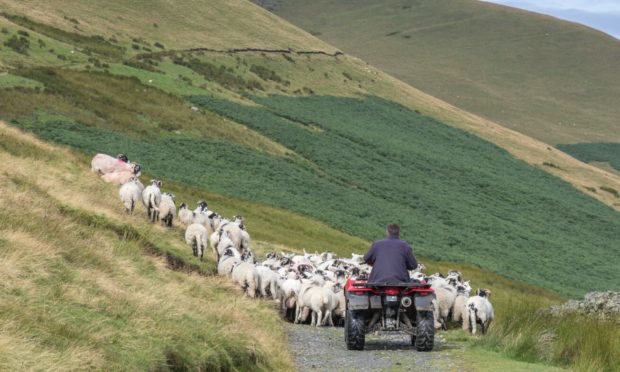A mission to end the scourges of sheep scab and Bovine Viral Diarrhoea (BVD) within the next decade has been set out by a group of leading farmers, vets, researchers and industry stakeholders .
The Ruminant Health and Welfare (RH&W) group, which co-ordinates the sector’s drive to tackling endemic cattle, sheep and goat diseases across the UK, has identified the need for a new high-health environment across farms of all four UK nations by 2031.
Group chair, Nigel Miller said that by setting management control or eradication targets it would elevate animal welfare and play a part in securing export markets.
He added: “We are going into a period of extraordinary change; we have got to be willing to push back on the accepted boundaries of health and production. World class economic efficiency and the building pressures of low carbon production demand a higher national flock and herd health status; mapping out clear change targets is a vital step to secure that goal.”
Around 8000 outbreaks of sheep scab are reported each year, with a cost to the industry of around £202 million, and while a new vaccine is expected to help in the long term, Dr Stewart Burgess of the Moredun Research Institute told the group that interim goals like notifiable or reportable status would create a traceable, sustainable framework.
“The reality is that there are imminent threats and the status quo is not working,” said Dr Burgess.
“Modelling studies have shown that focussing control on disease hotspots not only makes gains in those targeted areas, but can also have a significant impact on sheep nationwide.”
Meanwhile, although BVD eradication is in progress through both statutory and voluntary efforts in each nation, Northern Ireland’s Animal Health and Welfare chief executve Sam Strain advised that legislation was critical.
“We live in an archipelago where animals are often travelling across borders,” he said.
“Any control programme needs to have co-ordinated messages between the four nations – being cognisant of international requirements such as the EU Animal Health Law.”

